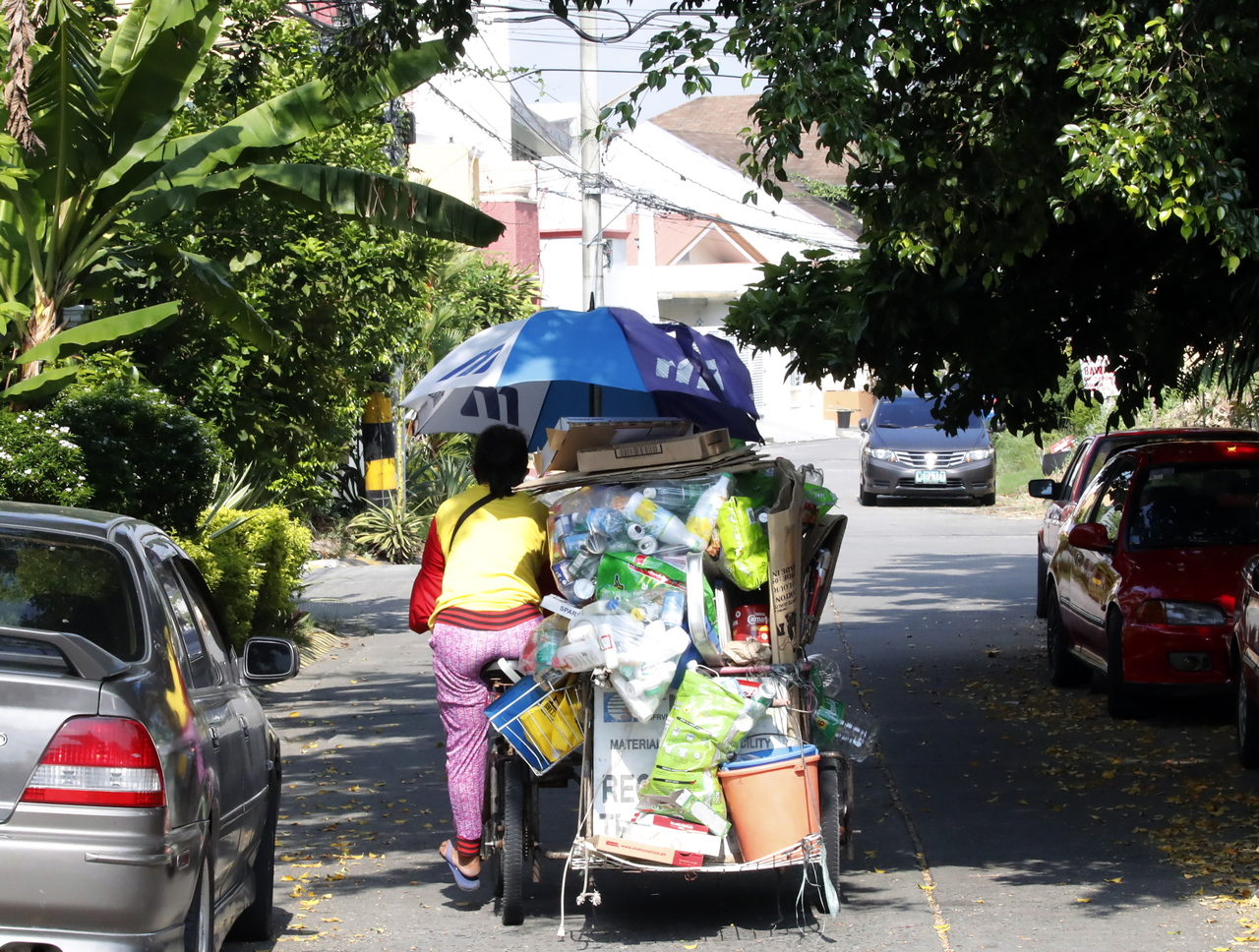Coronavirus: Unemployment in the Philippines reaches record high of 17.7%
Sign up now: Get insights on Asia's fast-moving developments

Family income shrank by nearly half.
PHOTO: EPA-EFE
Follow topic:
MANILA - The Philippines reported its highest-ever unemployment rate on Friday (June 5), after the Covid-19 pandemic shuttered companies and wiped out millions of jobs.
According to the Philippine Statistics Authority, joblessness soared to 17.7 per cent in April, about a month into a sweeping lockdown that saw the country closing off its borders and imposing strict shelter-at-home restrictions.
National Statistician Claire Dennis Mapa said that at least 7.3 million Filipinos had no jobs in April, mostly as a result of imposing one of Asia's strictest lockdowns to slow the spread of the coronavirus.
The highest unemployment rate previously recorded was 14.4 per cent in the second quarter of 1991. At the end of last year, unemployment stood at a record low of 4.8 per cent.
Most jobs were lost in the arts, entertainment, recreation, information, communication and construction sectors, as well as in the food and hotel industries.
The government also reported that two in five of those who still had jobs were working from home in April.
Lockdown was enforced through a web of checkpoints, barricades and curfews across the Philippines on March 16.
Airlines were grounded, as domestic and international flights were cancelled. Sea travel, except for those transporting essential goods, was also halted.
Most companies wound down and sent their workers home, as mass public transport was suspended.
Only businesses providing food, medicine and utilities, as well as banks, telcos and logistics firms were allowed to remain open.
But even these companies had to operate with half their usual staff.
Restrictions imposed in the Philippines were among the world's toughest, on a par with those of the Chinese city of Wuhan, where the Covid-19 outbreak first emerged, and stricter than curbs in Italy and in Spain during peak infections in those countries.
No wonder Philippine economy was brought to a sudden halt.
President Rodrigo Duterte eased the lockdown on Monday (June 1) as he sought to walk the fine line between protecting the country's over 107 million people from Covid-19 and trying to revive an economy facing its biggest contraction in more than three decades.
The latest unemployment figure is in line with a recent government survey that showed seven in 10 workers in Metro Manila lost their jobs during the lockdown that lasted for more than two months.
Consequently, family income shrank by nearly half. About 60 per cent spent less on food and some 13 per cent said they had to borrow money from friends and family.
Mr Benjamin Diokno, the central bank governor, said with restrictions being eased and companies restarting their operations, the economy "is expected to bounce back to its potential output growth in 2021, once the impact of the government's fiscal and monetary measures gains traction".
Congress is readying a 1.5 trillion peso (S$42 billion) stimulus package for companies and workers displaced by the pandemic.
The Labour Ministry is also earmarking 20 billion pesos to help small and medium-sized firms by covering up to half their payroll costs.
The economy contracted by 0.2 per cent in the first quarter. The last time it slid into negative territory was in 1998, when the country was pummelled by the Asian financial crisis and a long dry spell.

